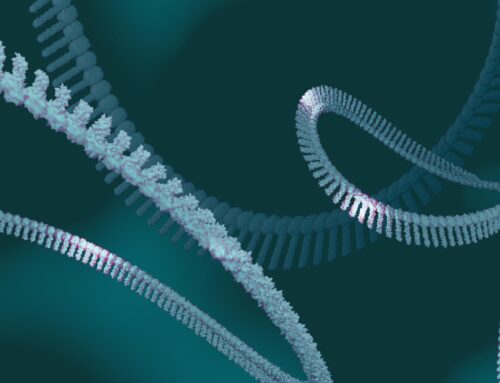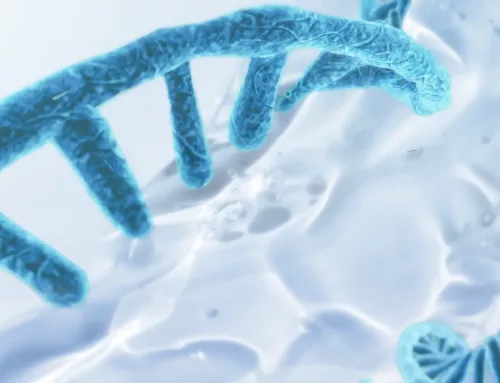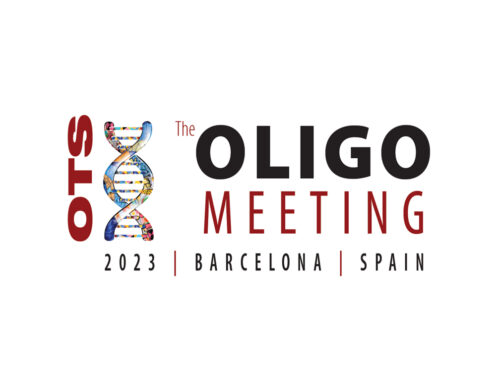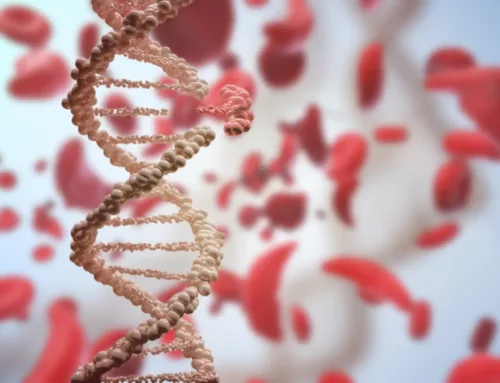Looking for something?
Jennifer Doudna – Seeking to Improve the World with CRISPR
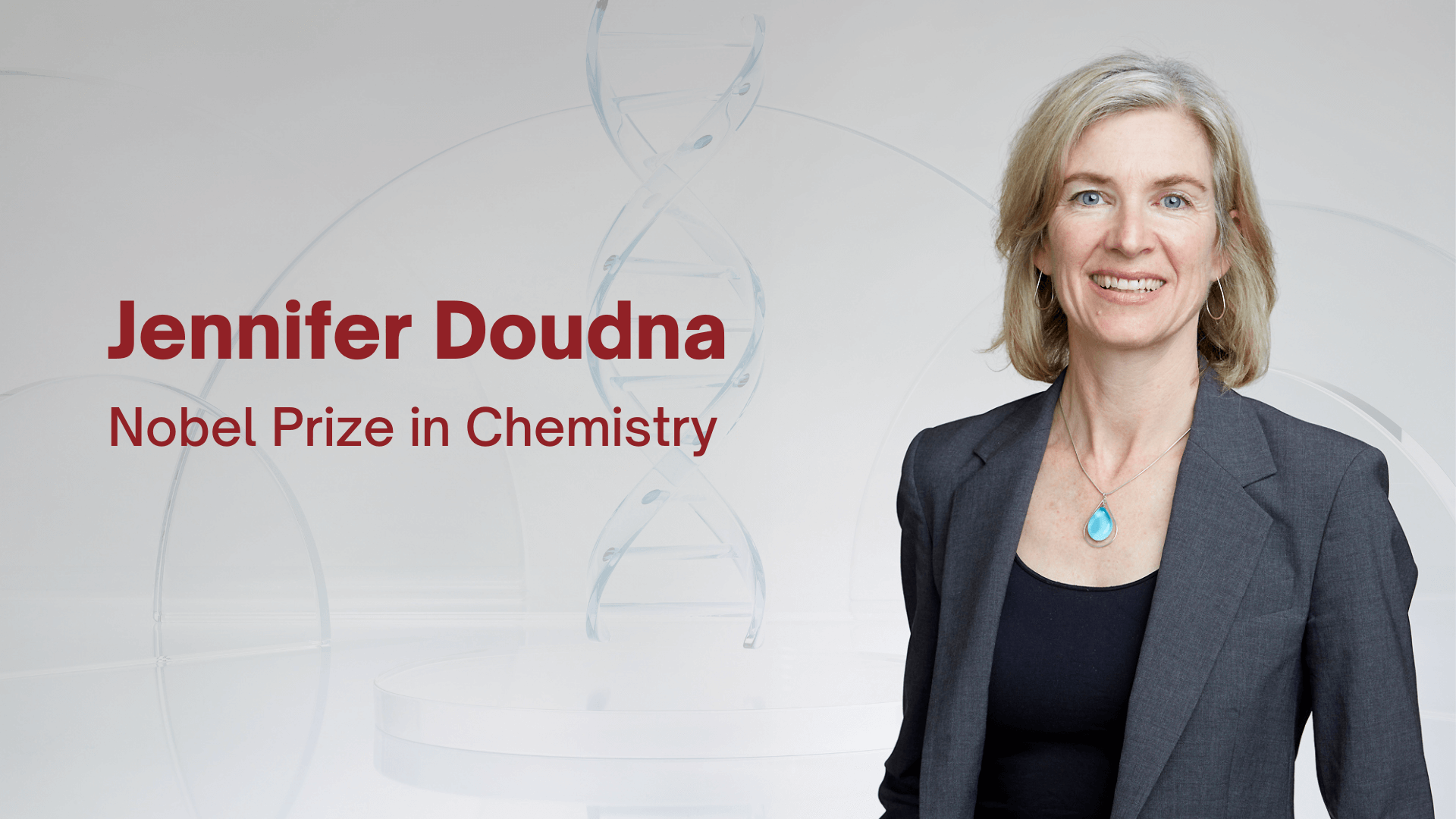
At 10:53 p.m. on Oct. 7, Jennifer Doudna woke to a buzzing sound. Picking up her phone — which she noticed had multiple missed calls and messages — she was greeted by the voice of Nature journalist Heidi Ledford. The day before, Doudna had been in an all-day meeting; feeling exhausted and not thinking too much about the imminent Nobel Prize announcements, she turned off her phone ringer and went to bed. Still waking from her deep sleep, she assumed Ledford was calling to ask her to comment on somebody else winning the Nobel Prize. She became nervous and started thinking she was dreaming when Ledford asked her how winning felt. “I can’t talk to you right now,” Doudna said. “I feel like I need to hear this from somebody official.”
After hanging up, another call came in from Martin Jinek, a scientist who worked with Doudna and Emmanuelle Charpentier in the CRISPR-Cas9 research. After hearing the news from Jinek, she finally knew it had to be real.
Doudna is known for developing the groundbreaking technology CRISPR-Cas9, which, with its ability to snip and edit DNA, has changed the course of genomic research, disease treatment, and even agriculture. In 2020, Doudna and her collaborator Charpentier won the Nobel Prize in Chemistry for their work.
Puzzles, books, and nature: growing up in Hawaii
As a child, Jennifer Doudna was intrigued by the natural world of plants, animals, and insects in her home of Hilo, Hawaii. Long before she knew anything about DNA, she was innately curious about the chemistry of organisms and the evolution of the natural environment around her. Though she was born in Washington, D.C., when she was seven years old, her dad accepted a teaching position in American literature at the University of Hawaii. The nature of Hilo, combined with her parent’s passion and encouragement of learning, inspired Doudna’s early interest in science and math.
Although no one in her family was a scientist, her father was an avid reader of all books and loved doing puzzles with his daughter. When Doudna was in grade six, her father gave her a copy of The Double Helix, James Watson’s book on discovering the structure of DNA, which was a significant inspiration for the young girl who was told by her high school guidance counselor that “women don’t go into science.”
“When someone tells me I can’t do something, and I know that I can, it just makes me more resolved to do it,” she says.
Fortunately, her scientific goals were supported by others, like her tenth-grade chemistry teacher, Ms. Jeanette Wong, who focused not on memorizing textbooks facts but on discovering new things and the perspective that science was about solving puzzles — an appealing idea to the highschooler whose maverick streak drove her to want to discover new things about the natural world. Seeing other women in science was also a source of inspiration, and it was when Doudna attended a talk by a woman scientist discussing cancer cells that she first heard the term biochemistry and realized science was a possible career.
“She was so impressive, even if I couldn’t understand everything she was talking about at the time, and I remember thinking right then that I wanted to do what she was doing. Sometimes you need to see that something is possible to really believe you can do it yourself.”
Dedicated to creating a real-world impact: education and career
Before graduating high school in 1981, she spent a summer working in the Hilo lab at the University of Hawaii with mycologist Don Hemmes. Her work included collecting samples and embedding them into resins she would examine under a microscope, work the young women found captivating and akin to uncovering a mystery. After graduating, she became a biochemistry student at Pomona College, where she briefly questioned her ability to pursue a career in science and considered switching her major to French. However, her French professor dissuaded Doudna, telling her that chemistry would allow her to pursue “all sorts of things.”
In 1985, she graduated from Pomona College with a degree in biochemistry and then earned a Ph.D. in Biological Chemistry and Molecular Pharmacology from Harvard Medical School in 1989, creating a dissertation focused on a system that increased the efficiency of a self-replicating catalytic RNA. In 1994, she was hired at Yale University, where she dove into her science and said she did incredible work with amazing scientists. However, it was important for Doudna that her work have a real-world impact, and at the time, this was something she was unsure how to do.
“The other thing was, I felt that I wanted to be at a place that was well represented in terms of scientific expertise — not only science, other fields as well, with people that were like-minded,” she says.
In 2002, when she had the opportunity to accept a position as professor of biochemistry and molecular biology at Berkley, she was “truly blown away” by the number of collaborative and interactive people at the university who were insightful about the larger impacts of what they were doing and were dedicated to the mission of a public university. Moving to the University of California was one of the most significant risks Doudna says she’s taken, the other was working on CRISPR.
Strolling the streets of San Juan: meeting Emmanuelle Charpentier
In the spring of 2011, Doudna was in Puerto Rico for a conference sponsored by the American Society for Microbiology, where they happened to be having a session on CRISPR, which at the time was an exciting but esoteric area in the microbiology field. A friend and colleague wanted to introduce her to Emmanuelle Charpentier, a French scientist who had just written a paper Doudna had happened to read in Nature.
Immediately impressed by Charpentier’s fashion sense and liking her intensity, Doudna thought it cool that the French woman said she had been looking forward to talking to her. After attending their session, they went for a meal and later walked along the European-like streets of San Juan, talking about the protein Cas9 and the possibility of working together to figure out how it was able to work in bacteria to defend against viruses.
That same year, the two women began working together and, with their team, determined that CRISPR relied on guide RNA and tracer RNA. Although the two RNA were separate, they believed combining them into a single tool was possible. Doudna describes this as the moment the project went from “This is cool, this is wonky” to “Whoa, this could be transformative.”
The discovery was indeed transformative, allowing researchers to target and excise or add any gene or edit out a single base pair within a gene. The technology revolutionized how diseases could be treated, and recently, the first CRISPR therapy was approved to treat sickle cell disease.
Real-world impact of CRISPR technology: meeting patients treated with Casgevy
When Jennifer Doudna met Victoria Gray, the first patient treated with Casgevy (a CRISPR-based technology for sickle cell disease), the reality of how her discovery is making an impact came home. Gray had been suffering from the debilitating disease all her life. Now, she has been symptom-free for nearly five years and is pursuing her dreams of attending business school and opening a clothing company, goals that her condition previously prevented her from pursuing. Since Gray, more than 30 patients have been treated and remain symptom-free.
The CRISPR-Cas9 technology isn’t limited to human health and has wide applications in the field of agriculture, including precise and safe ways to alter plant genomes or reduce methane production in cattle. UC Davis researchers used the technology to create highly productive rice that requires ten times less water than standard varieties, a trait that could benefit places dealing with drought and the resulting food shortages due to climate change.
“I think many of us will experience CRISPR in the agricultural world before we experience it clinically,” Doudna says. “By the food we eat, and the environmental impact.”
Scientists thinking together: founding the Innovative Genomics Institute
One night, early on in her CRISPR work, Doudna had a vivid dream of a colleague asking her to explain how CRISPR worked to a friend. The friend had a horrifying pig face and turned out to be Hitler, prompting Doudna to imagine some of the worst aspects of what genome editing could do if used irresponsibly. Waking from her dream, Doudna knew it would be critical that scientists think together about how to use technologies like CRISPR responsibly.
To address the benefits and intrinsic risks of the new CRISPR technology, Doudna founded the Innovative Genomics Institute (IGI) in 2014. According to Doudna, the two major areas of discussion, which IGI has often led, are the risk of using CRISPR in human embryos to create heritable changes that would be passed down through generations and the environment. Doudna explains that the technology could be used in insects like mosquitos to make them incapable of spreading disease. However, this could also lead to things like extinction, where a species could no longer propagate due to deleterious mutations introduced via CRISPR.
The Institute is also focused on reducing the costs of therapies, like Casgevy, to make them more accessible. Asked in an interview what she would do if she had a magic wand, she said it would be to make the CRISPR technology for health care and climate change widely available and affordable. “I don’t have a magic wand, which is why I have to work at the IGI.” Among other initiatives to fulfill their central mission of developing CRISPR solutions that benefit the public and are accessible to all, IGI is beginning an FDA-approved clinical trial for sickle cell disease using a CRISPR therapy.
Danaher partnership: developing gene therapies with CRISPR
In 2024, it was announced that Doudna would partner with life sciences giant Danahar to create a center based out of IGI for creating new therapies for diseases using CRISPR technology. The collaboration’s first project will focus on developing gene-editing therapies for two rare genetic disorders: hemophagocytic lymphohistiocytosis, a life-threatening hyper-inflammatory condition, and Artemis-SCID, an immune deficiency normally treated with a bone marrow transplant.
“Combining the strengths of the IGI and Danaher companies in this new center is a uniquely powerful way to deliver on the promise of CRISPR cures,” Doudna said in a Jan. 9 release.
“We know how to get CRISPR molecules into the tissues where they need to be. We know the patient communities. And we have the world experts on these diseases on our team,” she added. “What we need is a blueprint describing all the science and technology required to treat a person using CRISPR. Once that is achieved, I am convinced that CRISPR can become the standard of clinical care for many diseases.”
Inspiring the future generation of scientists
Doudna is happiest when she’s in her garden, which made her backyard in Berkley the perfect place to receive her Nobel Prize medal during the pandemic. Surrounded by her immediate family and facetiming her sister in New York, Doudna received her Nobel Prize medal from a small delegation of the Swedish consulate on Dec. 8, 2020. In the 120-plus-year history of the Nobel Prize, only five women before Doudna had won in Chemistry. Since receiving the prize, Doudna’s heard from many young women reaching out to tell her that her winning has made them realize they could do something that would be recognized in the future.
Doudna’s mission of having her work have a real-world impact will be felt for generations, collectively through the women motivated by her success, the many scientists seeking to apply gene editing, and, ultimately, through the real-world applications produced.
Sources:
- Becoming a scientific leader. The Women in Medicine Legacy Foundation. (2021, September 21). https://www.wimlf.org/blog/becoming-a-scientific-leader
- Ellery, M. (2024, February 8). Jennifer Doudna: Delivering the future of CRISPR-based genome editing. Berkeley Engineering. https://engineering.berkeley.edu/news/2024/02/jennifer-doudna-delivering-the-future-of-crispr-based-genome-editing/
- FDA approved the first CRISPR treatment – potential cure for people with sickle cell disease. Oligonucleotide Therapeutics Society. (2024, March 14). https://www.oligotherapeutics.org/fda-approved-the-first-crispr-treatment-potential-cure-for-people-with-sickle-cell-disease/
- Herper, M. (2023, November 20). CRISPR’s pioneers reflect on the first gene-editing treatment. STAT. https://www.statnews.com/2023/11/19/crispr-casgevy-jennifer-doudna-feng-zhang-emmanuelle-charpentier-george-church/
- Igi Sickle Cell initiative. Innovative Genomics Institute (IGI). (2024, February 21). https://innovativegenomics.org/programs/human-health/sickle-cell-disease-crispr/
- Interview with Jennifer A. Doudna, February 2021. NobelPrize.org. (2021, February). https://www.nobelprize.org/prizes/chemistry/2020/doudna/167713-jennifer-doudna-interview-february-2021/
- Isaacson, W. (2022). The code breaker Jennifer Doudna, gene editing, and the future of the human race. Simon & Schuster.
- Kahn, J. (2015, November 9). The CRISPR quandary. The New York Times. https://www.nytimes.com/2015/11/15/magazine/the-crispr-quandary.html
- Knibbs, K. (2023, December 6). Jennifer Doudna believes CRISPR is for everyone. Wired. https://www.wired.com/story/livewired-jennifer-doudna-crispr/
- Nature Video. (2017, October 31). CRISPR: Gene editing and beyond. YouTube. https://www.youtube.com/watch?v=4YKFw2KZA5o
- Reilly, J. (2023, June 30). The audacious pursuits of Jennifer Doudna. nobhillgazette.com. https://www.nobhillgazette.com/people/the_interview/the-audacious-pursuits-of-jennifer-doudna/article_78986d84-0bc5-11ee-accf-1364fab3c6bd.htm
- Waldron, J. (2024, January 9). CRISPR pioneer Doudna allies with Danaher for gene editing center targeting Rare disease and beyond. Fierce Biotech. https://www.fiercebiotech.com/biotech/crispr-pioneer-doudna-allies-danaher-gene-editing-center-rare-disease-and-beyond



